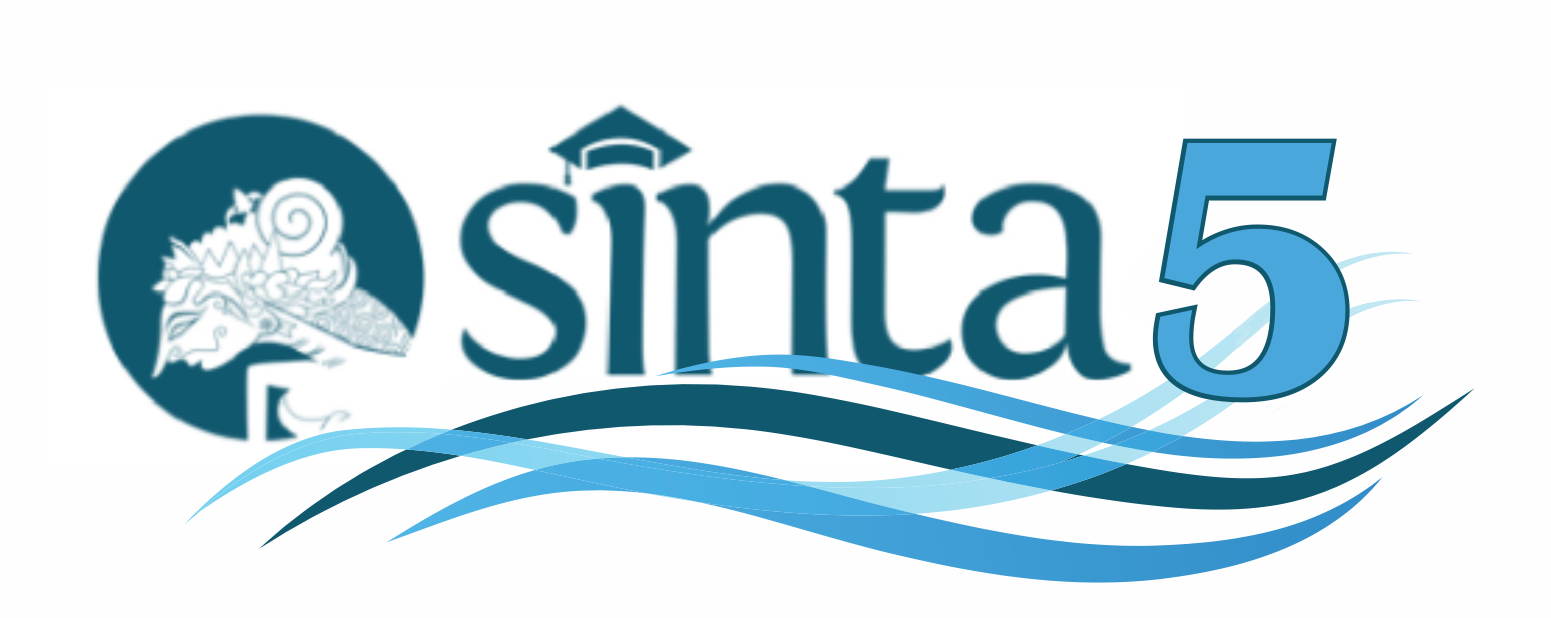Analisis Kerentanan Mata Pencaharian Masyarakat Pesisir Teluk Depapre, Jayapura, Papua
DOI:
https://doi.org/10.31957/acr.v3i2.1516Abstract
Understanding the vulnerability of livelihoods is very important in identifying and developing alternative livelihoods for communities to achieve their welfare. Alternative livelihoods are intended so that people do not depend their livelihoods entirely on the use of natural resources. Thus, the exploitation pressure on natural resources, especially the coast and the sea can be minimized. The purpose of this study is to analyze the level of livelihood vulnerability of the people in Depapre Bay using the Livelihood Vulnerability Matrix method. The results of the analysis showed that the level of vulnerability of people's livelihoods is in the vulnerable category (2.44), where the variable value is still low in terms of disaster disruption, social networks, savings, means of production, production costs, and fulfillment of basic needs.
Keywords:Â Vulnerability;Â Livelihood;Â Coastal Community;Â Exploitation Pressure;Â Natural Resources;Â Teluk Depapre;Â Papua
Downloads
References
Bungin, B. 2003. Analisis Data Penelitian Kualitatif. Jakarta: Radja Grafindo Persada.
Duy Can, N., Tu, V.H., and Hoanh, C.H. 2013. Application of livelihood vulnerability index to assess risks from flood vulnerability and climate variability—A case study in the Mekong Delta of Vietnam. Journal of Environmental Science and Engineering A, 2(2013), 476–486.
Food and Agriculture Organization (FAO). 2013. Vulnerability Assessment Methodologies: An Annotated Bibliography for Climate Change and the Fisheries and Aquaculture Sector. Food and Agriculture Organization of the United Nations. Rome
Herawaty, H., dan Santoso, H. 2007. Pengarus-Utamaan Adaptasi Perubahan Iklim Ke Dalam Agenda Pembangunan: Tantangan Kebijakan dan Pembangunan. Adaptasi Terhadap 16 Bahaya Gerakan Tanah Di Masa yang Akan Datang Akibat Pengaruh Perubahan Iklim. Laporan pertemuan dialog pertama gerakan tanah dan perubahan iklim. Bogor, tanggal 7- 8 Desember 2006. Cifor. Bogor, Indonesia.
Marzieh, K., Maleksaeidib, H., and Karamic, E. 2017. Livelihood vulnerability to drought: A case of rural Iran. International Journal of Disaster Risk Reduction, 21:223–230.
Nazir, M. 1998. Metode Penelitian. Jakarta: Graha Indonesia.
Noveria, M., dan Malamassam, M.A. 2015. Penciptaan mata pencaharian alternatif: Strategi pengurangan kemiskinan dan perlindungan sumber daya laut (studi kasus Kota Batam dan Kabupaten Pangkajene dan Kepulauan). Jurnal Kependudukan Indonesia, 10(2), 139–150.
Paulangan, Y.P. 2019. Pengembangan dan Pengelolaan Kawasan Terumbu Karang Berbasis Tiaitiki di Teluk Depapre Jayapura. Disertasi. Sekolah Pascasarjana Institut Pertanian Bogor.
Paulangan, Y.P., Al-Amin, M.A., dan Wahydin, Y. 2019a. Identifikasi dan Strategi Pembangunan Mata Pencaharian Alternatif Masyarakat Lokal di Calon Kawasan Konservasi Perairan Teluk Depapre, Kabupaten Jayapura, Papua. Laporan Akhir. Conservation Strategy Fund Indonesia/ CSF Indonesia Kerjasama FPIK IPB. Bogor.
Paulangan, Y.P., Fahrudin, A., Sutrisno, D., Bengen, D.G., Al-Amin, M.A., Taryono, and Wahyudin, Y. 2019b. Socio-economic and institutional sustainability management of coral reef ecosystem based on local communities in Teluk Tanah Merah (Depapre), Jayapura, Indonesia. IOP Conf. Series: Earth and Environmental Science, 241(2019), 012034.
Sevilla, C.G., et al. 1993. Pengantar Metode Penelitian. Penerjemah; Alimudin Tuwu dan Alam Syah. Jakarta: UI Press.
Wongbusarakum, S., and Loper, C. 2011. Indicators to assess communityâ€level social vulnerability to climate change: An addendum to SocMon and SEMâ€Pasifika regional socioeconomic monitoring guidelines. April 2011 published Secretariat for the Pacific Environment Programme through the Coral Reef InitiativeS for the Pacific (CRISP) and IUCN. Supported by by The Nature Conservancy, CRISP, SPREP POE, SOCMON, and the NOAA Coral Reef Conservation Program.
Downloads
Published
Issue
Section
License
Authors who publish with this journal agree to the following terms:
- Authors retain copyright and grant the journal right of first publication with the work simultaneously
licensed under a Creative Commons Attribution-NonCommercial-ShareAlike 4.0 International License
that allows others to share the work with an acknowledgement of the work's authorship and initial
publication in this journal. - Authors are able to enter into separate, additional contractual arrangements for the non-exclusive
distribution of the journal's published version of the work (e.g., post it to an institutional repository
or publish it in a book), with an acknowledgement of its initial publication in this journal. - Authors are permitted and encouraged to post their work online (e.g., in institutional repositories or
on their website) prior to and during the submission process, as it can lead to productive exchanges,
as well as earlier and greater citation of published work (See The Effect of Open Access).





















